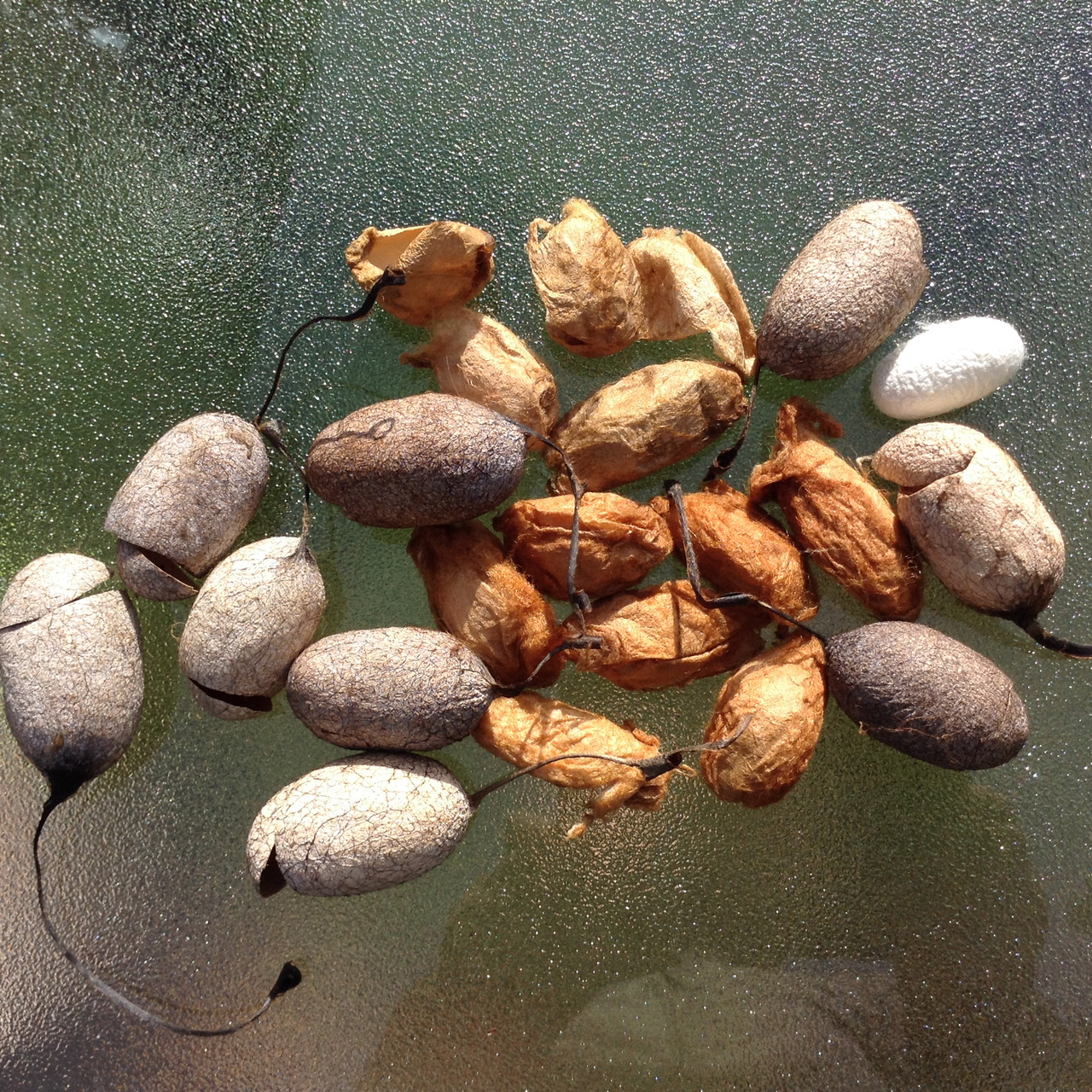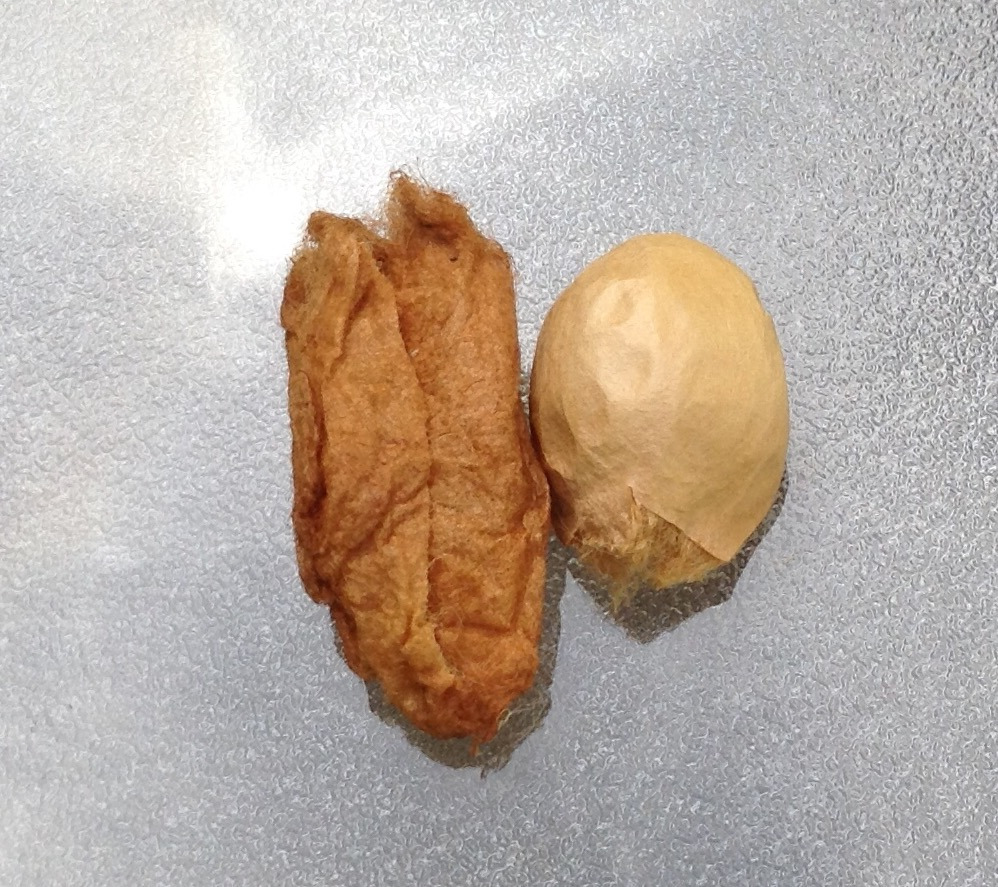
Бесплатный фрагмент - Golden Silk Eri, Muga, Tassar
English edition
Illustrated booklet about the unique silks of red eri, muga and tassar. Useful to masters and sellers of products from this silk when working with customers.
Introduction
The golden silks discussed in this book differ in color, value, and,
accordingly, in price from other silks. But, for buyers who are unaware
of the existence of these rare types of silk, they may look like
beautifully dyed ordinary silk.
In order to explain the value of the product, the seller will have to
explain that the end product is made of valuable and expensive silk that takes a lot of time and effort to produce. You can simplify your task by giving the buyer the opportunity to familiarize themselves with the product. The information in the booklet is short, but voluminous, in simple language, supported by beautiful illustrations. Reading the text takes a couple of minutes.
I hope this little booklet will greatly facilitate your work.
If you are interested in fibers, yarn, fabric or cocoons of golden
silk, write to us <feltingartstudio@gmail.com>, and you will be sent a free catalog to your email address.
Golden silk
Silk is a natural product derived from silkworm cocoons. There are different varieties of silkworm: mulberry, eri, muga and tassar.
The most common is the mulberry silkworm. They grow everywhere, and everyone knows about them. The word “silk” is associated with silk from the mulberry silkworm. They weave white cocoons, and so the silk has a white color.
More recently, some people are finding out about the other three types of rare silks called golden silks. Why rare? Because on the Earth there are only a few places with a climate suitable for them, where the eri, muga, and tassar silkworms can live. If the types of silks are compared with metal, then we get the following picture:
The silk of red eri is equivalent to red gold;
Muga — yellow gold;
Tassar — platinum;
Mulberry — to all other metals.


Now some details about each type of Golden Silk.
Eri Silk
If you pick up the eri cocoon, it will become clear to you that the cocoon is two-colored: the outer part is red (about 30%), the inner part is a light beige (70%). So, from one cocoon comes 2 kinds of silk: red-eri and white-eri. The most valuable is the red part of the cocoon. It is used to make silk with the color of red gold.



Бесплатный фрагмент закончился.
Купите книгу, чтобы продолжить чтение.